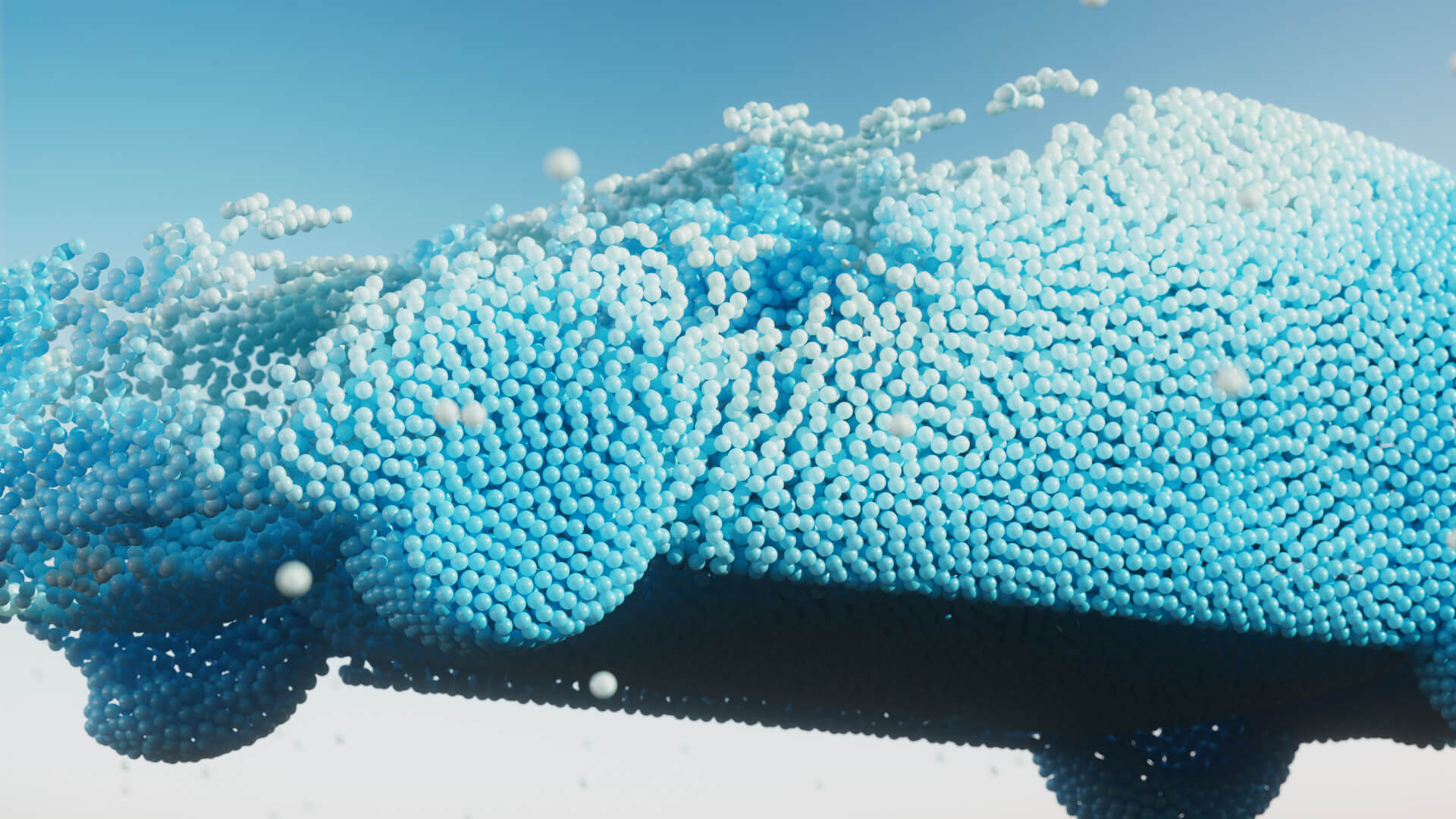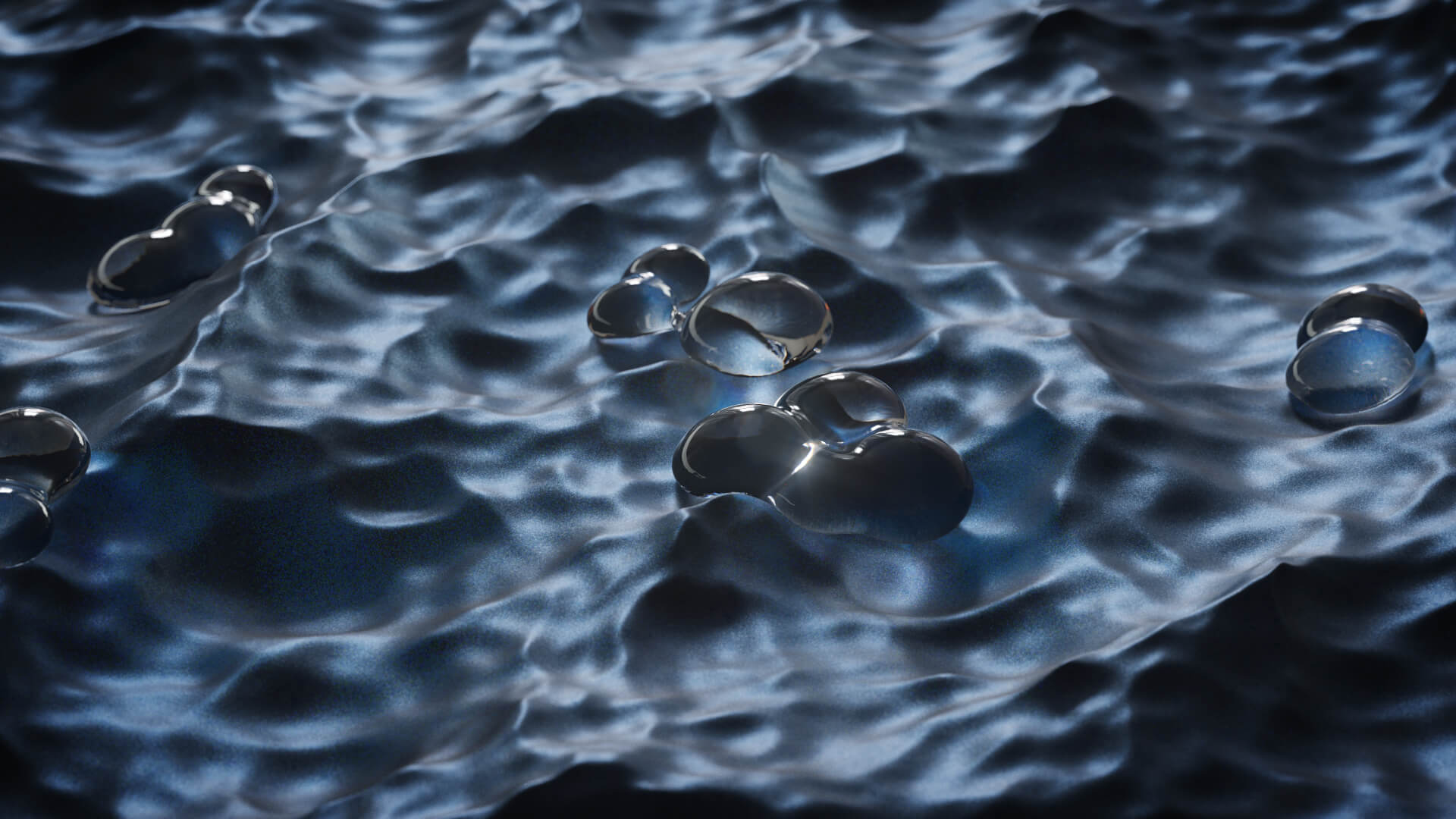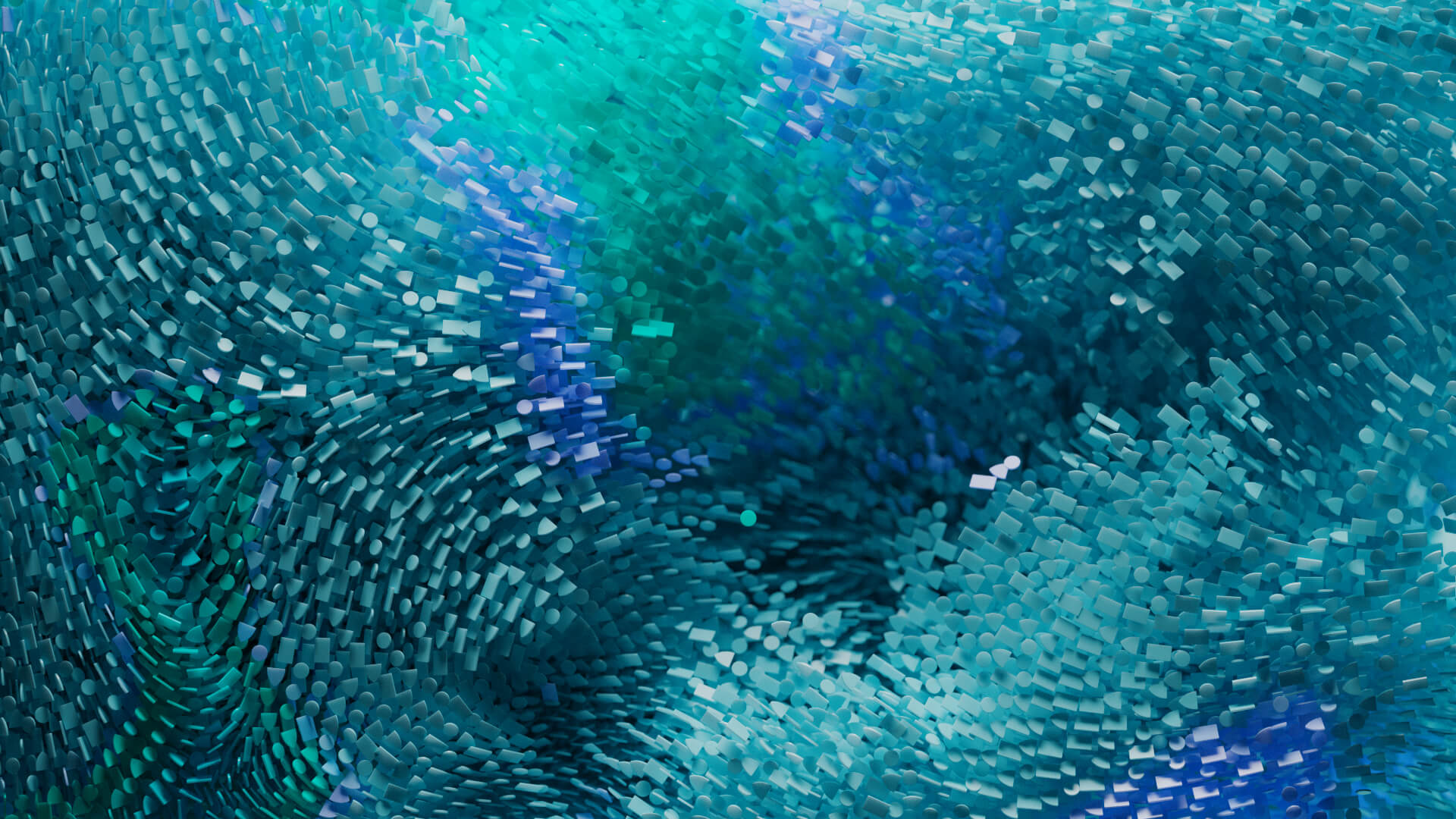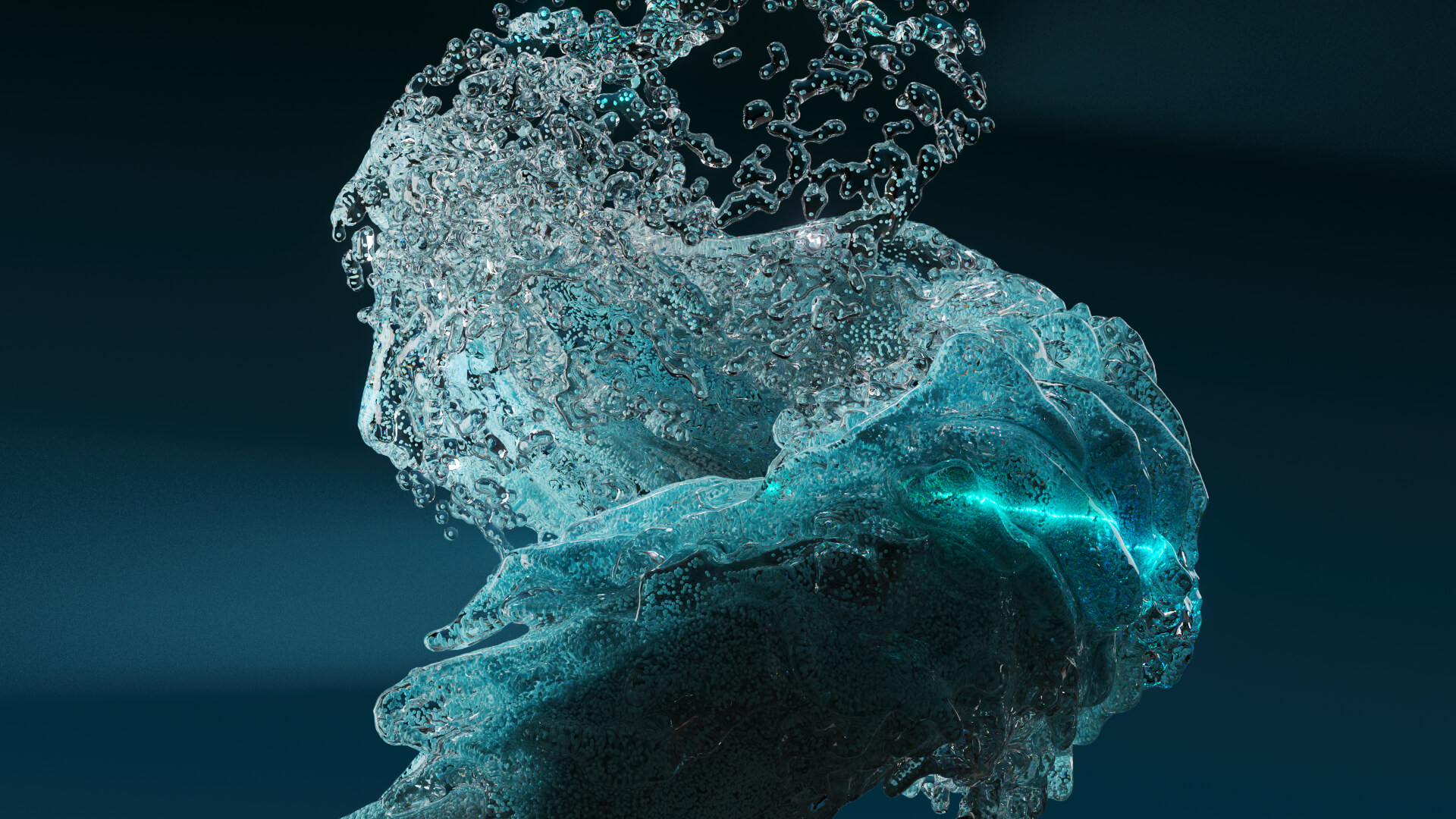A Virtual Platform for Real-World Water Solutions
How can new advances in digital technology help conserve the planet’s freshwater resources?
If our world was named for what covers most of the planet, it would be called Ocean: Over seven-tenths of the Earth’s surface is water. While this seems a bountiful proportion, around 97 percent of the world’s water is saline, and much of the remaining freshwater is frozen. In fact, only 1 percent of the Earth’s water is readily available for human use in homes, farms or manufacturing. Meanwhile, on land, the number of people continues to mushroom. With the world population expected to grow to 10 billion by 2050, managing the use of freshwater resources is becoming ever more critical.

As a chief support of human life, water fuels the global economy, essential for manufacturing, energy production and more. In agriculture, for example, soil water — the rainfall held in soil that feeds plants, vegetables, fruits and the grass livestock eats — is the most important single component in food production, says Tony Allan, professor emeritus of geography at SOAS University of London. “And yet, it is politically and economically invisible.”
As climate change contributes to more frequent water shortages, water use and its economic impact are coming under closer scrutiny. In response to the U.N.’s Sustainable Development Goals, which include the availability and sustainable management of water, countries and companies are increasing asking how they can better husband water resources.
The value of virtual water

Professor Allan coined the concept of virtual water as a way of raising awareness of how we use this precious asset. “Virtual water is the water embedded in the production of a commodity,” he explains.
A cup of coffee, for example, may at face value represent only a few ounces of water, but add in that used for growing the beans, packaging and shipping, and the amount rises to 140 liters. On a larger scale, to produce a ton of wheat requires over 1,000 tons of water, while producing a ton of beef needs 15 times as much. Manufacturing takes a similar toll on water resources: Making one car can require up to 150,000 liters of water.
Multiply these figures exponentially as world demand grows, and the pressure on freshwater resources is clear. “The planet cannot continue to function as both canteen and latrine when it comes to our industrial needs,” says Professor Allan. “We should be looking at things critically and doing the right thing, which is to understand the value of water.”
While the concept of virtual water is crucial to understanding water use, translating this understanding into concrete, sustainable practices requires specific tools. As Professor Allan says, “When there is panic, the question that comes to the political mind is: Where can we get more water? Rather, we need to ask: How can we use our water better? There is no way of getting the right answer with the wrong question.”
Solutions via Virtual tools

In response to this, virtual tools like those developed by Dassault Systèmes offer one answer. The company’s 3DEXPERIENCE platform enables its customers to collaboratively model new products and processes in a virtual 3-D universe, without the need for physical prototypes, which consume large amounts of natural resources.
These software-based “virtual twins” model scenarios in great detail, showing how water can be used more efficiently. The system uses data intelligence, 3-D modeling and visualization to trace the water footprint of products and services, from design and engineering through manufacturing and end-of-life implications. Ultimately, this benefit is passed on to consumers, as companies can offer goods and services that have been designed, manufactured and transported using less water.
Alice Steenland, chief sustainability officer at Dassault Systèmes, says, “We are working to offer our customers — industrials, universities, everyone who uses our software solutions — the ability to understand at every step of their innovation process, from designing a new product to modeling its manufacturing and dismantling, what their impact is on water. We hope this powerful tool will enable them to accelerate the global sustainability transformation.”
Dassault Systèmes’ commitment to understanding the impact consumption has on water extends well beyond the 3DEXPERIENCE platform. Through its “Water for Life” campaign, launched late last year, the company aims to raise awareness of water consumption and preservation through optimization, creation and innovation, and education. Says Bernard Charlès, Executive Chairman: “Water gives life. For the next decade, we’re going to devote scientific resources and engineering resources to inventing new solutions to preserve water. It perfectly illustrates our belief in how the virtual world extends and improves the real world.”
Circulating knowledge

To better share and apply this expertise, Dassault Systèmes is creating a new open-innovation process worldwide through its 3DEXPERIENCE Lab, which offers start-ups an ecosystem of incubators, mentors, accelerators and fab labs to help develop products. The French company EEL Energy, for example, is using the platform to develop an underwater membrane inspired by bio-mimicry that undulates like a fish to generate electricity from currents.
Education is critical to address the long-term challenge of protecting water resources. 3DEXPERIENCE Edu, the Dassault Systèmes education department, is making its solutions available to 5 million students a year as well as to professionals seeking to upgrade their skills. In the Green Turtle project, French engineering students benefitted from Dassault Systèmes’ expertise in fluid simulation and design modeling to design a turtle-like robot that tracks trash to clean harbors.
Mission Océan is an innovative digital educational program for middle and high school students aimed at facilitating learning and deepening their knowledge in subjects such as mathematics, physics, chemistry, geography, life and earth sciences while also increasing their awareness of the major issues facing the oceans.
As part of this project designed by La Fondation Dassault Systèmes, the French Ministry of National Education and Ifremer (French Research Institute for Exploitation of the Sea), these students will be able to discover their power to act on their environment and to picture themselves in future training courses and jobs. Being rolled out in France in 2021, the program will be translated and extended to students in other countries.
